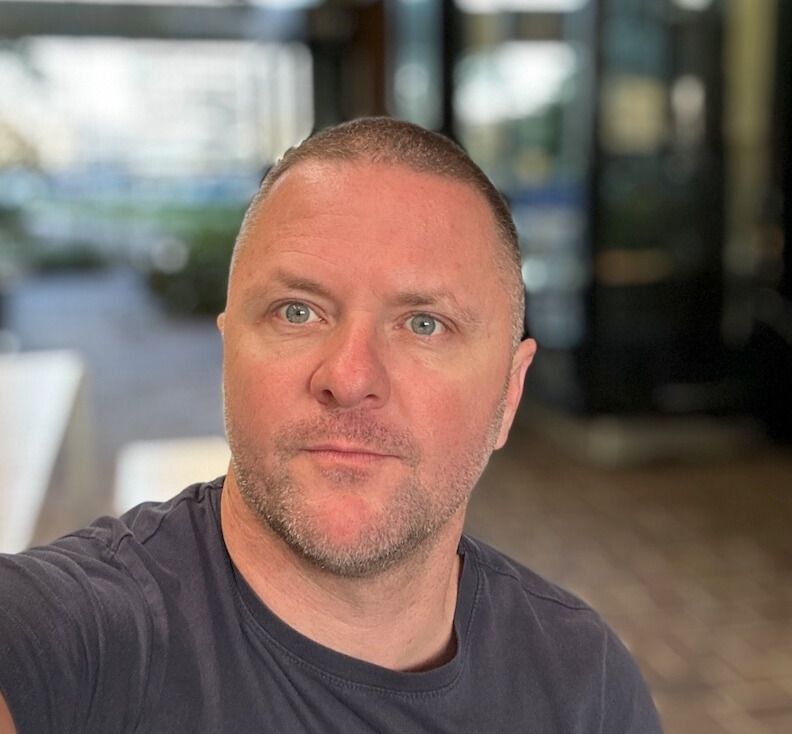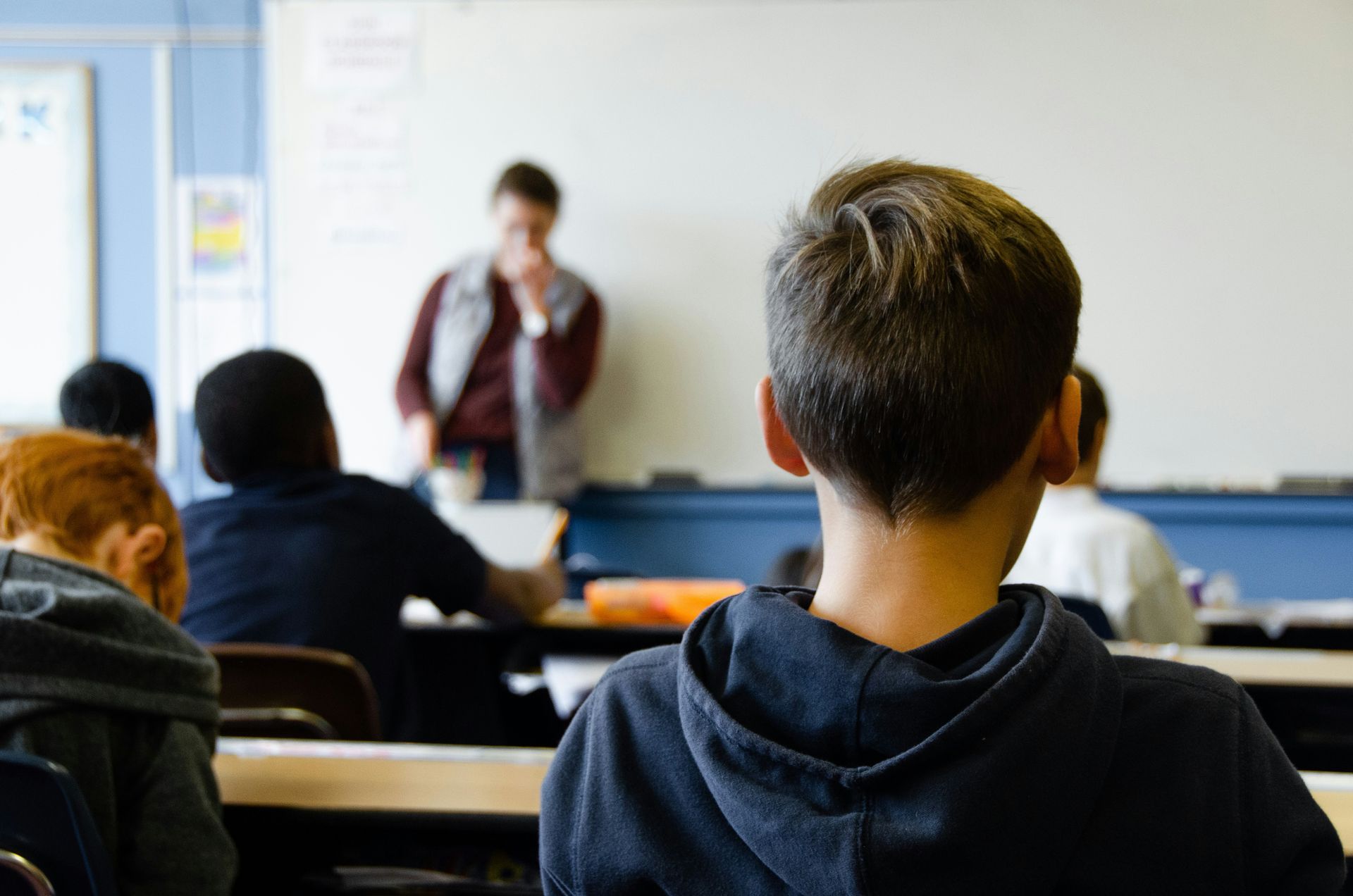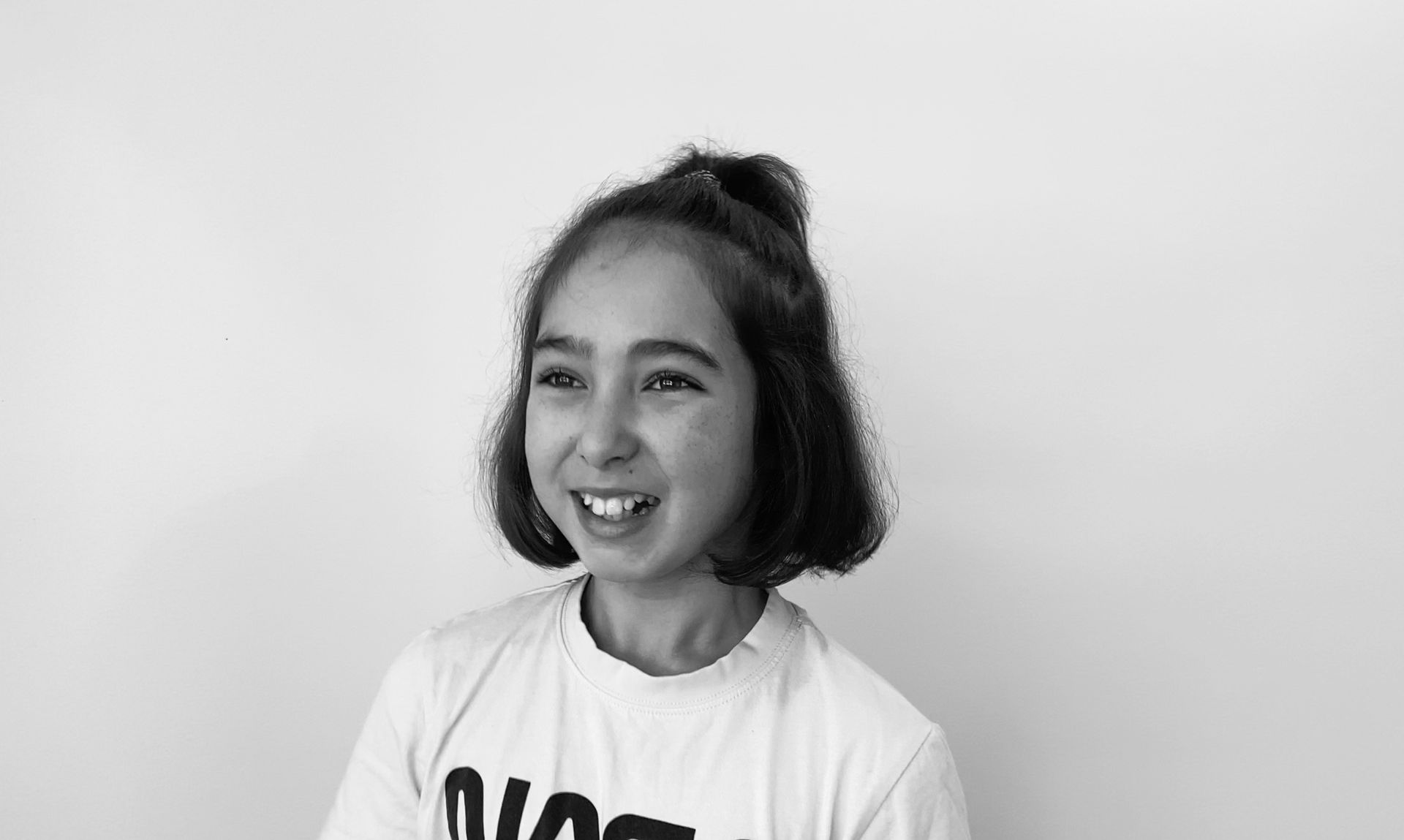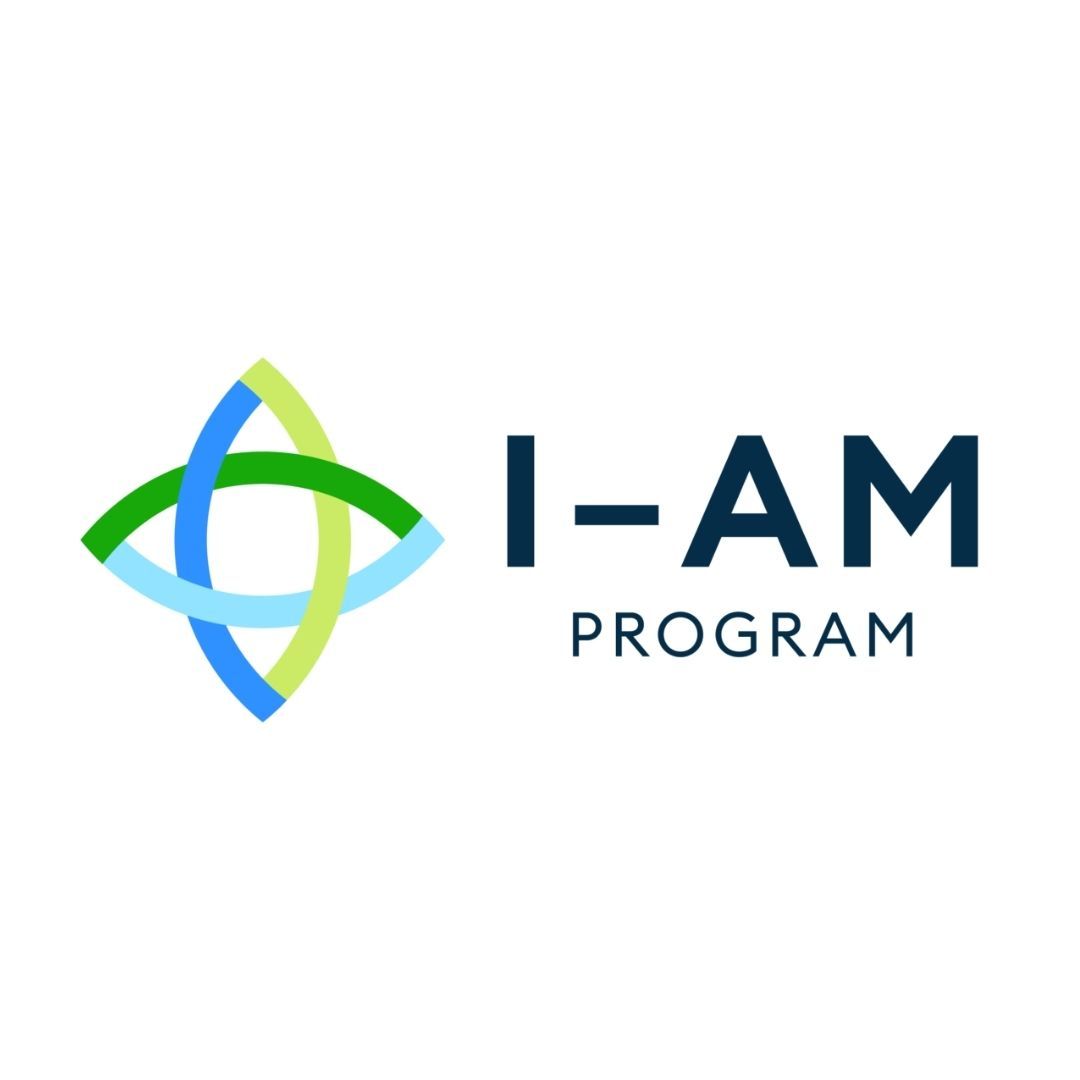Engaging gifted students in the early years
You will have students in your group or class who upon entry, will already know how to read, or have an inherent knowledge of numbers and their patterns.
It is vital for you, as a teacher, to understand student mastery of concepts, which is best done through pre-assessment and talking to the student’s parents. This will guide you to plan appropriate adjustments to meet each child’s learning needs.
Every student has the right to learn something new every day. A question, that you, as a teacher, can ask yourself is: Am I meeting the needs of ALL my students, or just some of them?
While it is vital that teachers know their students and how they learn, this response focuses on the overall classroom learning environment. The learning environment must meet the needs of all students in an inclusive, safe, and accepting way. All student contributions should be valued and respected equally by both teachers and classmates. Play based structures are one way of meeting these needs.
Activities, tasks, lessons and enrichment, for this age group, are best done incorporating play, discovery and inquiry. Consider the unit you are currently teaching. Consider the main concept and translate that to ‘big picture’ ideas. Gifted students love ‘big ideas.’
Some examples (F-2) using the Australian Curriculum HASS (Humanities and Social Sciences) units include:
- My personal world: Key concept Identity
- How my world is different from the past and can change in the future: Key concept Change
- Our past and present connections to people and places: Key concept Connections
Science-based tasks and activities where creativity abounds, lend themselves beautifully to this ‘key concept’ scenario. This way all students can access the activity, but the gifted students will take it to a deeper level. Observe these students and create annotations, which can be used as just one identification tool. This will provide data for recommending further identification measures.
You could have several activities grouped under one theme e.g., Change. Provide the activities as part of play-based choices but extend student thinking by providing provocative questions. These could be written on large cards. This provides the students with choices, which is a strategy to meet the needs of gifted students.
Some examples:
1. How can we change plastic bottles so they can grow plants? (Adult supervision will be needed for cutting)
Provide: plastic bottles, pictures, plants and other relevant materials.
Design: Arrange plants and rocks in a way that people will be able to see them all clearly.
Provocative questions: You are making a terrarium. In a terrarium you do not need to water your plants. Where will the plants get their water from? How has changing the bottle to a terrarium helping the environment? What other objects could we make out of plastic bottles?
Adjustment to the core curriculum: Complexity
2. How can we change a torch into a communication device?
Provide: torches, a dark space and a Morse code chart
Design: Choose a word to send to a friend in Morse code
Provocative questions: Invent a new method of communication. How will your new method of communication change people’s lives?
Adjustment to the core curriculum: Choice
3. How can we change a paper glider to turn left or right or loop the loop?
Provide: templates to make paper gliders, cardboard, plasticine, paperclips, sticky tape, scissors
Design: Add weight and/or folds to change flight trajectory. Test and modify.
Provocative questions: How is the way my glider flies, similar to that of birds? What makes you say that? (Provide a way to observe bird flight e.g., near a window, you tube clip)
What other changes could be made to an airplane and why?
Adjustment to the core curriculum: Abstraction
4. How have push/pull toys changed over the years?
Provide: old and modern push/pull toys, pictures of old push/pull toys and modern push/pull toys, websites that demonstrate the push/pull action, materials to build a toy that moves
Design: Invent a toy that moves.
Provocative questions: How can your toy be changed to move uphill? How can your toy be changed to carry a load?
Adjustment to the core curriculum: Critical and creative thinking
These differentiated adjustments to the core curriculum will give you an idea of the strategies that can be employed for young, gifted children. They may be inspired by the provocative questions, or they may come up with their own. Providing open-ended activities will allow each student to shine, swap ideas respectfully and discuss collaboratively. Allow students to share their thinking and encourage their classmates to actively listen. Promote respect and awe by praising and encouraging innovation and invention in student-constructed products. These strategies will create whole class cohesion and a safe space for ALL students to thrive.
Disclaimer: The views and opinions expressed in this blog are those of the author and do not necessarily reflect the official policy or position of the AAEGT.
Share this resource
Resources












